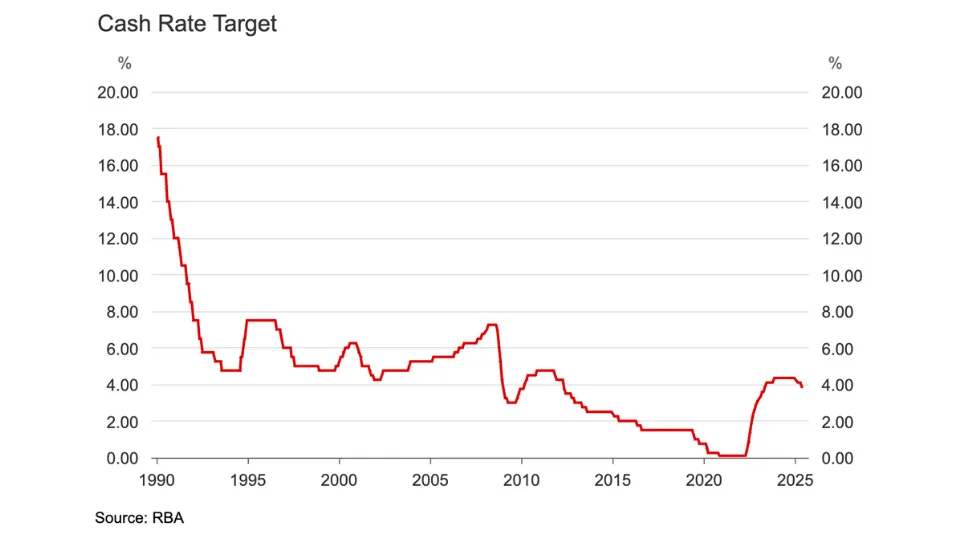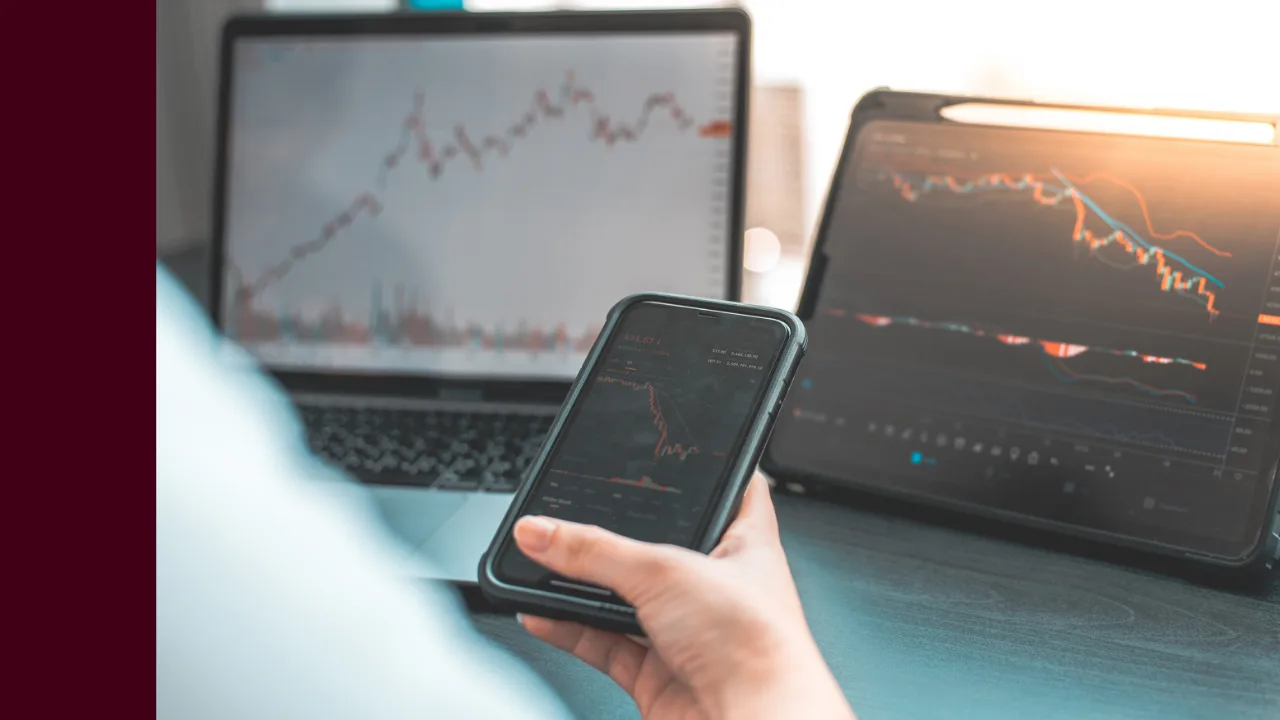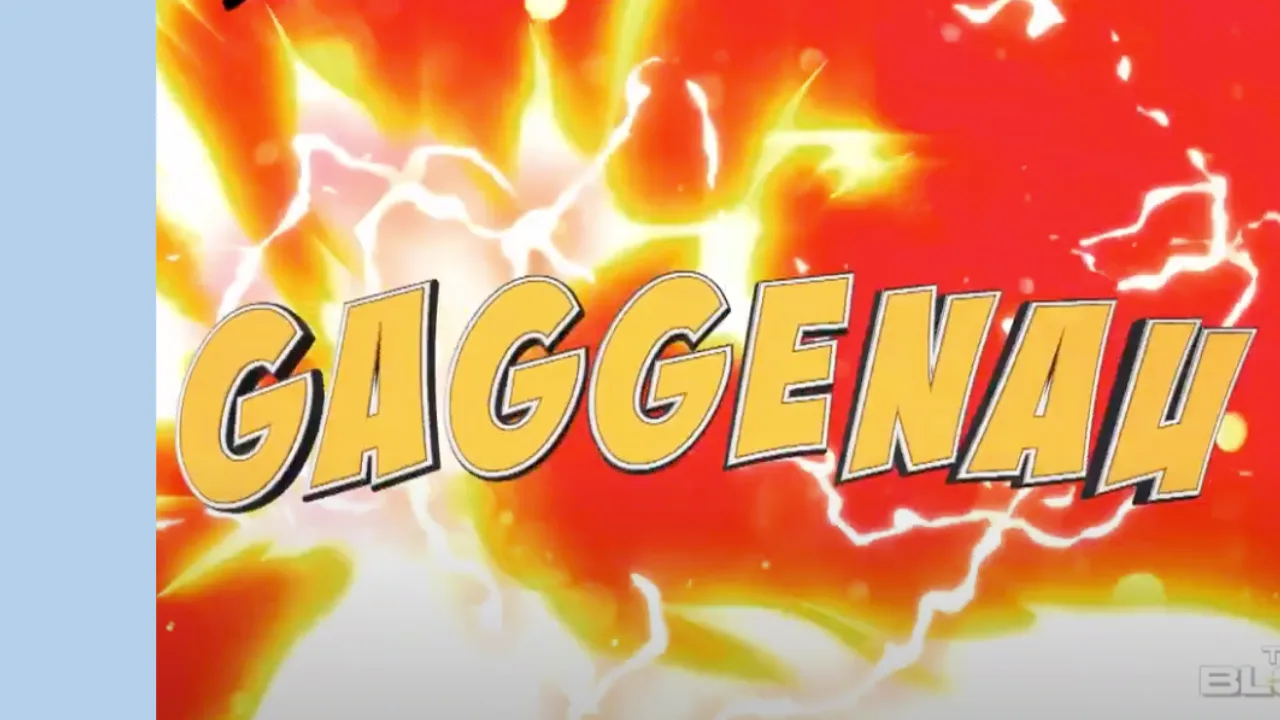JHX share price in focus
James Hardie Industries is a leading building solutions company and the world’s largest producer of fiber cement and gypsum products.
With operations spanning North America, Europe, Australia, and New Zealand, the company employs over 5,200 people.
Fiber cement is a popular choice for building materials due to its non-combustible nature, resistance to water and termite damage, durability, and low maintenance requirements.
WES shares
Wesfarmers is a diversified Australian conglomerate headquartered in Perth. It’s essentially a listed investment company with outright ownership or significant stakes in companies across retail, chemical, fertiliser, industrial and safety brands and products.
Wesfarmers has a long history of buying businesses, re-investing in them to grow cash flow and assets, then selling them off for a higher price. A good example of this is Coles Group, which it bought in 2007 and spun out in 2018. However, by far (over 50%) of the company’s operating profit comes from Bunnings Warehouse, the #1 hardware and home improvement business in Australia (and the country’s most trusted brand in 2023 & 2024). Wesfarmers originally bought into Bunnings in 1987, buying the final 52% in 1994 for $594 million.
Other household names owned by Wesfarmers include Blackwoods, Kmart, Target, Officeworks, and Priceline Pharmacy. Wesfarmers has been a leading blue chip stock on the ASX for decades and is known for paying a consistent dividend.
JHX share price valuation
As a growth company, some of the trends we might investigate from JHX include revenue growth, profit growth, and return on equity (ROE). These measures can indicate the growth rates and prospects of the company, as well as their ability to generate returns from their assets.
Since 2021, JHX has grown revenue at a rate of 10.6% per year to reach $3,936m in FY24. Over the same stretch of time, net profit has increased from $263m to $510m. JHX last reported a ROE of 29.4%.
Since WES is more of a ‘mature’ or ‘blue-chip’ business, some of the metrics that could be considered important include the debt/equity ratio, average yield, and return on equity, or ROE. These are useful as they give us an idea of debt levels and the company’s ability to generate a return on assets and pay out profits (which is what we want from a blue chip). In FY24, Wesfarmers Ltd reported a debt/equity ratio of 131.4%, meaning the company is leveraged (it has more debt than equity). Higher debt levels comes with increased risk so it’s important that a leveraged company has stable returns and the capacity to pay interest on its debts.
As for dividends, since 2019 WES has achieved an average dividend yield of 3.4% per year.
Finally, in FY24, WES reported an ROE of 30.3%. For a mature business you’re generally looking for an ROE of more than 10%, so WES clears this hurdle.
It’s important to keep in mind that these are only a small selection of metrics and don’t give us enough information to value the business or make an investment decision. To learn more about valuation, check out one of our free online investing courses.










